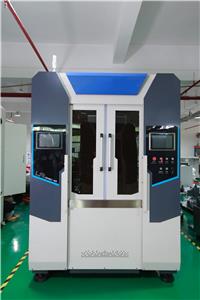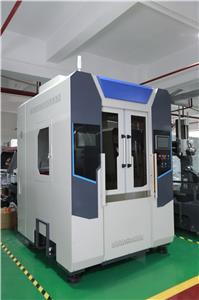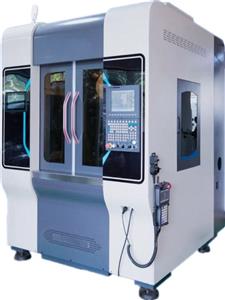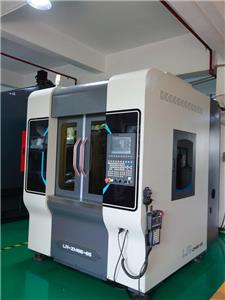- Home
- >
- News
- >
- die casting manufacturing
- >
- Thixoforming Process Control: A Guide to Temperature and Injection Parameters
Thixoforming Process Control: A Guide to Temperature and Injection Parameters
A high-quality semi-solid slurry is the soul of the Thixoforming Process, but transforming it into a defect-free component requires mastering the narrow Process Window. Success in Semi-Solid Injection Molding depends on two pillars: precise temperature management and optimized injection. This guide analyzes these key control points and the critical Thixoforming Parameters involved.
I. The Art of Temperature: Precision Control Between Solid and Liquid
The essence of Thixoforming is finding the optimal working point between a metal's solidus and liquidus lines. Therefore, precise Magnesium Temperature Control is paramount.
1. Slurry Temperature: The Direct "Remote Control" for Solid FractionSlurry temperature must be precisely controlled within the alloy's semi-solid range (e.g., 470-595°C for AZ91D), as this directly dictates the solid fraction. A variance of just ±5°C can drastically alter the slurry's viscosity, flow behavior, and final microstructure, directly impacting the part's mechanical properties and performance.
2. Mold Temperature: The "Metronome" of the Solidification ProcessThe mold temperature, typically managed by a thermal oil unit and preheated to 200-300°C, is equally critical. It must be high enough to prevent the viscous slurry from freezing prematurely during filling, yet also facilitate efficient cooling to maintain short cycle times. An imbalanced thermal field is a primary cause of defects, making stable Magnesium Temperature Control essential to the entire process.

II. The Science of Injection: The Critical Moment That Shapes the Part
The scientific setting of injection speed, pressure, and time are crucial Thixoforming Parameters that must be carefully optimized.
1. Injection Speed: A Two-Stage ConcertoA "slow-fast" two-stage injection profile is standard. The initial slow stage promotes stable, laminar flow to evacuate air from the mold and prevent gas entrapment. This is followed by a high-speed stage to rapidly fill the cavity's fine details and thin walls before the viscous slurry solidifies.
2. Injection and Holding Pressure: The Final Guarantee of DensityInjection pressure (typically 40-100 MPa) is used to overcome the slurry's flow resistance. After the mold is filled, a long holding pressure phase of 5-15 seconds is applied. This stage is critical for compensating for solidification shrinkage as the part cools, continuously feeding material into the mold to eliminate porosity and ensure an exceptionally dense final structure.
Conclusion
This analysis of temperature and injection reveals the extreme precision required by the Thixoforming Process. Its success is rooted in the precise execution of all Thixoforming Parameters within a narrow Process Window. A perfect part also requires an ingenious mold and gating system design. In our next update, we will explore the key design points for molds and gating systems, as well as the current challenges in equipment design and manufacturing. Please stay tuned.




